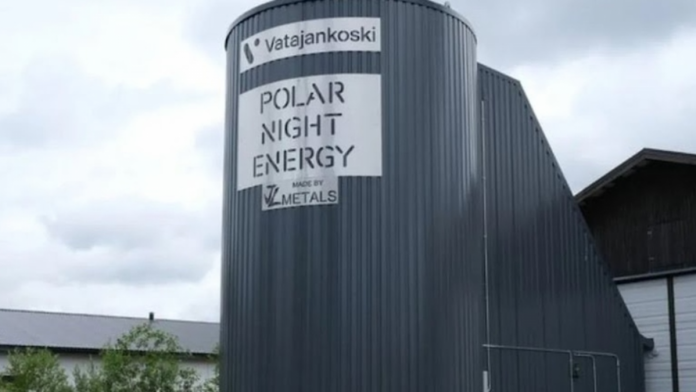For the very first time, sand is being used to store thermal energy thanks to the work done by Polar Night Energy, a Finnish company. Polar Night Energy teamed up with Vatajankoski, a Finnish energy provider, to create the cutting edge energy storage system on site at Vatajankoski’s power plant near the city of Kankaanpää. Electricity is stored within sand in the form of heat, which can then be tapped by the city as an eco-friendly means of running their district heating systems.
The storage unit itself is a steel container of approximately four meters wide and seven meters high that contains an automated heat storage system along with hundreds of tons of sand. A small volume of sand can naturally store a lot of heat at approximately 500-600 degrees Celsius and the sand within the system is heated using low-cost electricity from the power plant.
Will this innovation work in Australia?
It can be used to heat homes and offices and provide high-temperature heat for industrial processes. Thermal storage could displace gas in industry and remove up to 16 per cent of Australia’s emissions, experts say.
Drop a load of cheap builder’s sand in an insulated silo, heat the sand with renewable electricity, and then tap the stored thermal energy for months on end.
In an age of green hydrogen, lithium-ion batteries and other high-tech energy solutions, it can’t work, right?
Finland begs to differ. This month saw the Nordic nation launch the world’s first commercial “sand battery”.
About 230 kilometres north-west of Helsinki, in the town of Kankaanpää, homes, offices and the public swimming pool are being heated by thermal energy stored in a 7-metre steel container filled with 100 tonnes of sand.
So how does it work, what else can it be used for, and should we build them in Australia?
The sand battery is connected directly to the grid and runs when electricity is cheapest.
Hot air blown through pipes heats the sand in the steel container by resistive heating (this is how electric heaters work).
The sand is able to store heat at around 500–600 degrees Celsius for months, so solar power generated in the summer can be used to heat homes in the winter.
It can store up to 8 megawatt-hours of energy, which is the capacity of a large, grid-scale lithium battery.
The project was the work of Finnish startup Polar Night Energy and a local Finnish utility Vatajankoski.
Polar Night Energy’s chief executive officer Markku Ylönen said the entire battery could be built in “any steel workshop”. “It’s really a typical silo with nothing that special,” he said.
To discharge the stored thermal energy, air is circulated through pipes in the sand where it’s heated, then directed, to wherever it’s needed.
Right now, that’s mostly heating homes, but it could also be used for high-temperature industrial processes, Mr Ylonen said, according to the Australian Broadcasting Corporation) ABC






